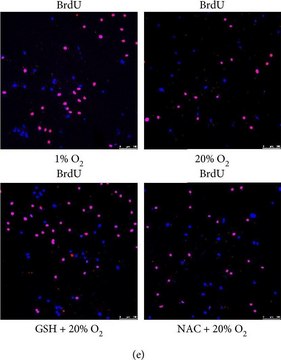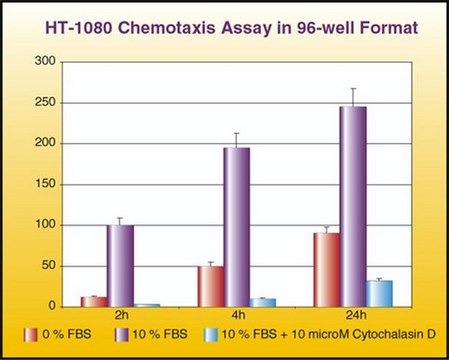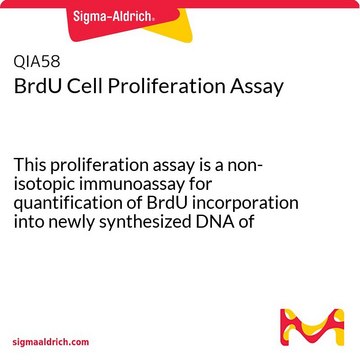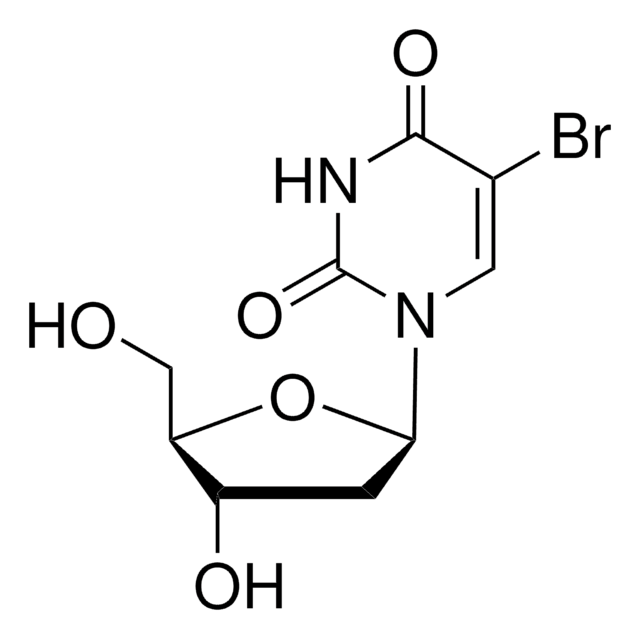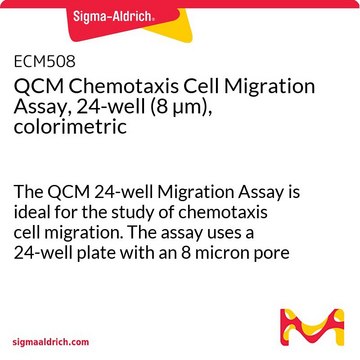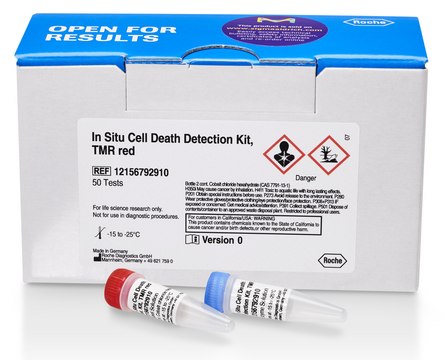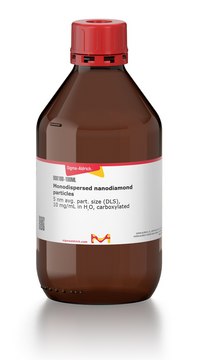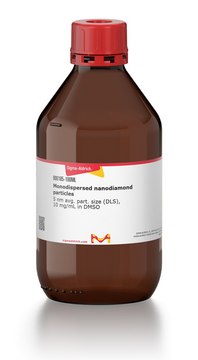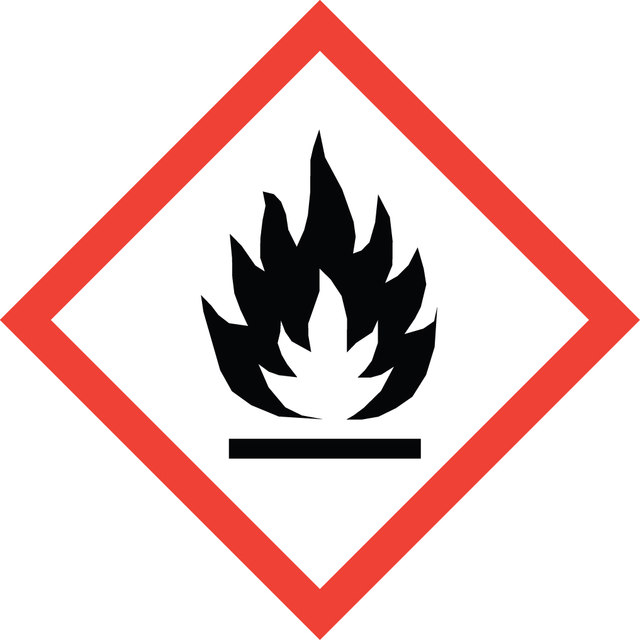702714
Lithium borohydride solution
0.5 M in diethyl ether
About This Item
Recommended Products
form
liquid
Quality Level
reaction suitability
reagent type: reductant
concentration
0.5 M in diethyl ether
density
0.719 g/mL at 25 °C
SMILES string
[Li+].[H][B-]([H])([H])[H]
InChI
1S/BH4.Li/h1H4;/q-1;+1
InChI key
UUKMSDRCXNLYOO-UHFFFAOYSA-N
Looking for similar products? Visit Product Comparison Guide
Related Categories
1 of 4
This Item | 900185 | 900172 | 901967 |
|---|---|---|---|
| form dispersion, nanoparticles | form dispersion, nanoparticles | form dispersion, nanoparticles | form nanoparticles, powder |
| Quality Level 100 | Quality Level 100 | Quality Level 100 | Quality Level - |
| description -45.1 mV ±20% | description +56.0 mV ±20% | description Zeta potential +65.1 mV ±20% | description - |
| concentration 10 mg/mL in H2O | concentration 10 mg/mL in DMSO | concentration 1 mg/mL in deionized water | concentration - |
| avg. part. size 5 nm (DLS) | avg. part. size 5 nm (DLS) | avg. part. size 35 nm (DLS) | avg. part. size - |
Application
- Preparation of gallium, indium, rhenium and zinc tris(mercaptoimidazolyl)hydroborato complexes.[2]
- Mechano-chemical metathesis reactions.[3]
- Noncatalytic hydrolysis for hydrogen generation.[4]
- Growth of large gold monolayer protected-clusters.[5]
- Anion substitution reactions.[6]
- Dehydrogenation reactions.[7]
- Preparation of gallium, indium, rhenium and zinc tris(mercaptoimidazolyl)hydroborato complexes
- Mechano-chemical metathesis reactions
- Noncatalytic hydrolysis for hydrogen generation
- Growth of large gold monolayer protected-clusters
- Anion substitution reactions
- Dehydrogenation reactions
Other Notes
signalword
Danger
hcodes
Hazard Classifications
Acute Tox. 4 Oral - Eye Irrit. 2 - Flam. Liq. 1 - Skin Irrit. 2 - STOT SE 3
target_organs
Central nervous system
supp_hazards
Storage Class
4.3 - Hazardous materials which set free flammable gases upon contact with water
wgk_germany
WGK 1
flash_point_f
-40.0 °F
flash_point_c
-40 °C
ppe
Eyeshields, Faceshields, Gloves, type ABEK (EN14387) respirator filter
Choose from one of the most recent versions:
Already Own This Product?
Find documentation for the products that you have recently purchased in the Document Library.
Our team of scientists has experience in all areas of research including Life Science, Material Science, Chemical Synthesis, Chromatography, Analytical and many others.
Contact Technical Service
